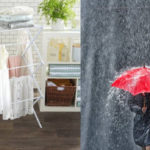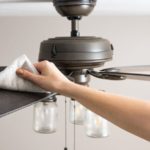1. Close the curtains
The windows can block about 25% of the heat in the summer. To keep your home cool without air conditioning, shade with curtains during the sunniest hours of the day

2. Set your ceiling fan to rotate clockwise
In the summer, the fan blades should rotate clockwise (when you look up) to push the air straight down. At the same time, the created airflow will be stronger, providing a cooler sensation on hot days.
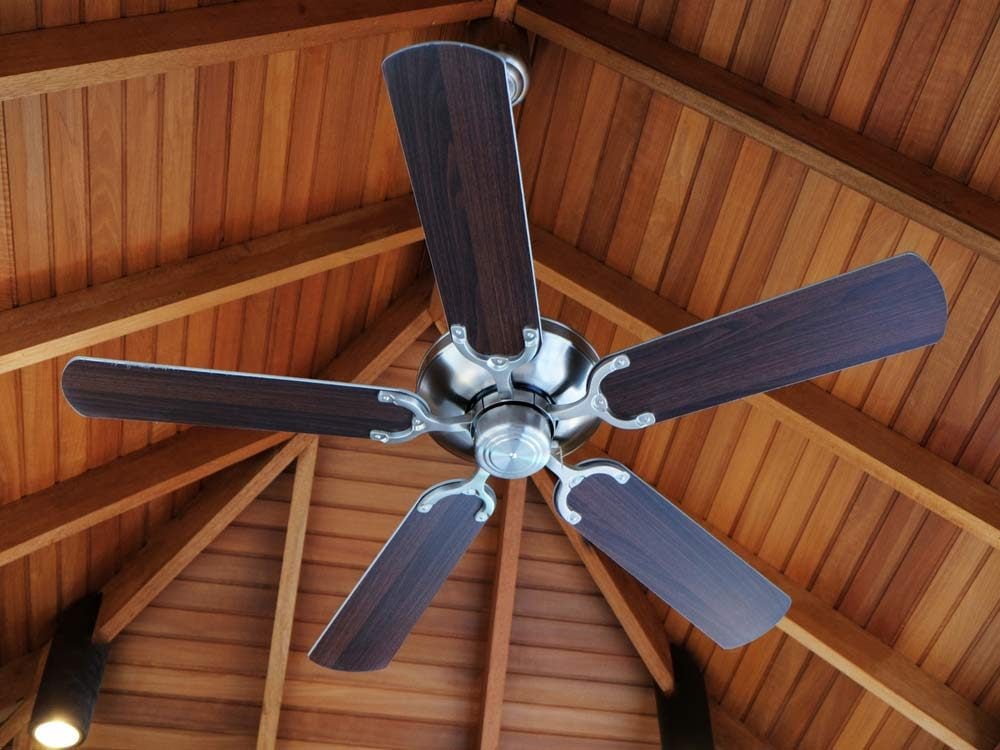
3. Insulate your house ceiling and walls
There are many things that help keep your home warm in winter and cool in summer. You can use insulation material – this helps reduce energy bills by keeping cool air inside and blocking outside heat.
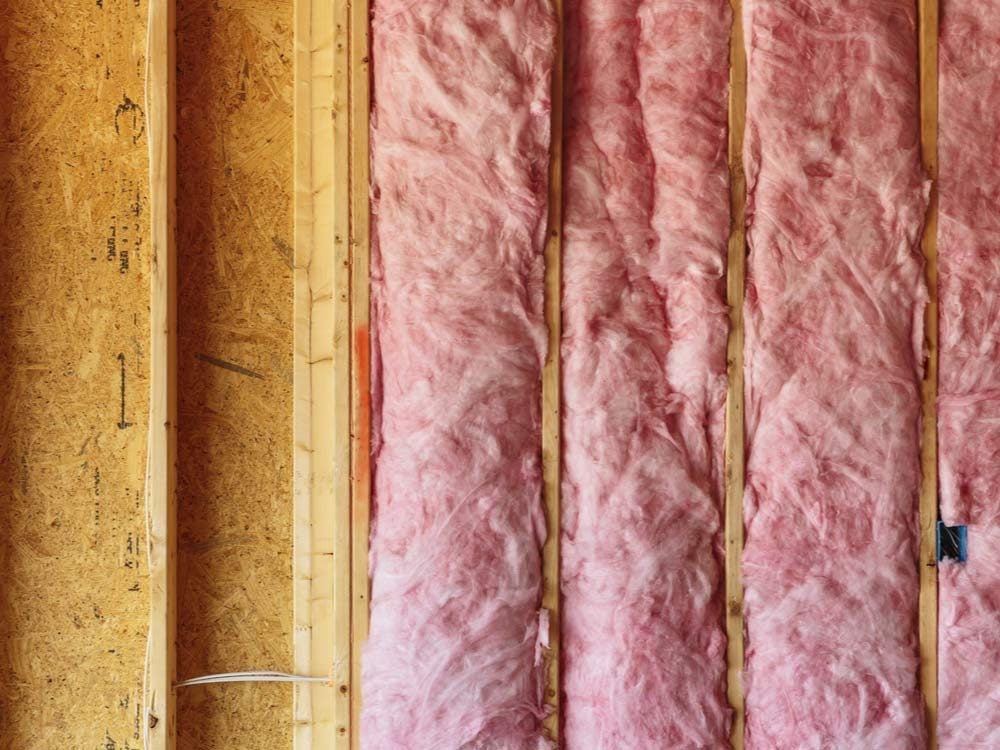
4. Use weatherstripping on doors
Weatherstripping is similar to insulation material, it is considered a measure in winter, but also useful in summer, as it prevents cool air from escaping through doors and windows. Weatherstripping is very affordable and takes little time to install; you can peel off the outer shell and stick it to the door frame. The entire process takes less than half an hour.
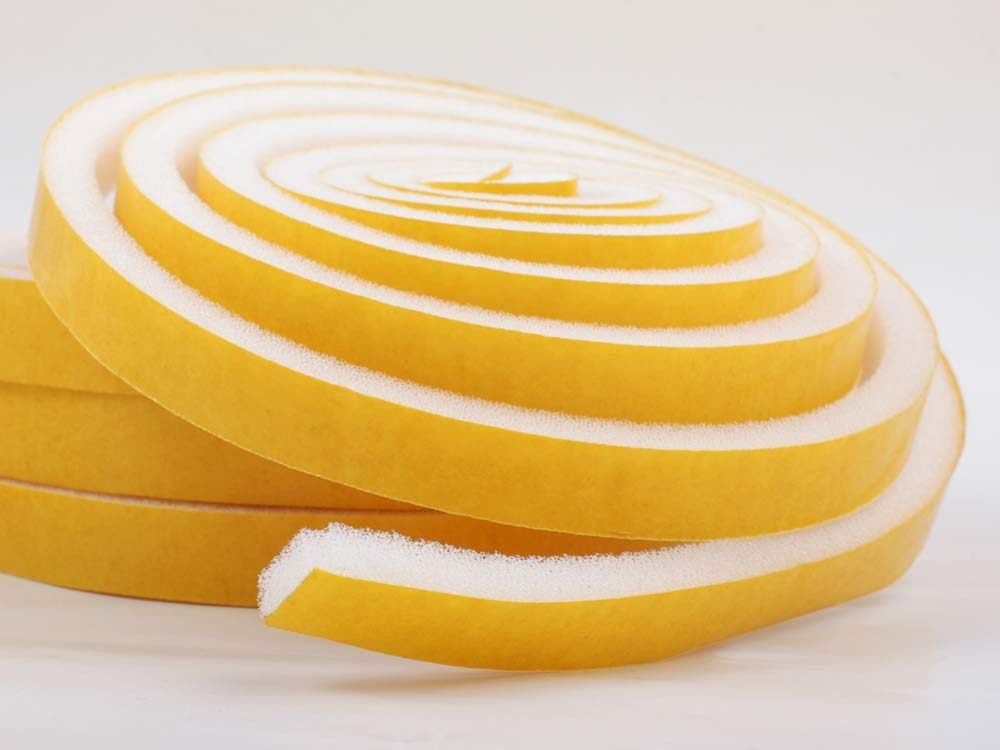
5. Dry and wash clothes in the evening
Large appliances will consume a significant amount of heat. So, if you want to save electricity, use the oven, dishwasher, washing machine, and clothes dryer in the evening.
In addition, running large appliances at the same time can consume more energy, so even when used in the evening, you should consider dividing their operating time.

6. Use a dehumidifier
Humid heat is more uncomfortable for people and pets than dry heat. A dehumidifier will remove moisture from the summer air in your home, making it much more comfortable, even at higher temperatures. Ideally, you should maintain indoor humidity below 60%. To save on electricity costs, turn off the dehumidifier when the humidity drops below your target level. Also, use the water collected by the humidifier to water your plants.
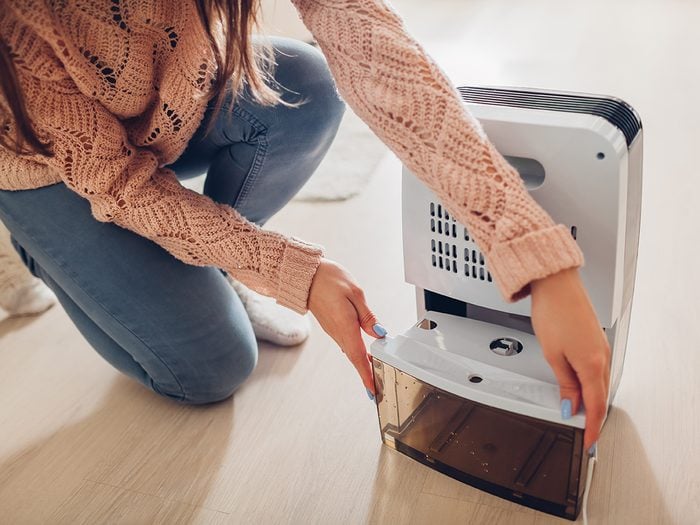
7. Close unused rooms
If you must use air conditioning, limit the cool mode to the most necessary areas – the rooms where you spend the most time during the day or the bedroom at night. In general, close off areas that do not require cooling.
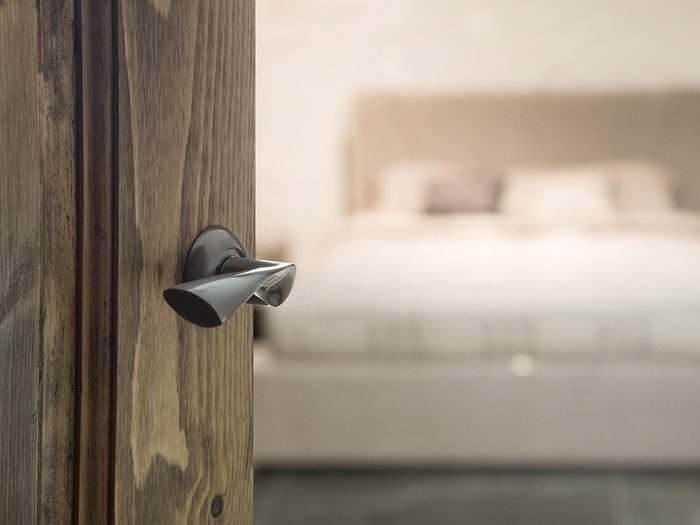
8. Enhance airflow with cold stones
Placing a bowl of ice water in front of a fan will help bring a refreshing breeze. You just need to pour ice or ice packs into a large bowl and place it in front of the fan. Turn on the fan and the air will improve significantly.

10. Install cooling curtains
Sometimes, opening all the windows may not be effective, in that case, misting the water on a cloth and covering the open window. The breeze will pass through the damp and cool fabric, helping your home stay cool without air conditioning.

According to PNVN
6 Tips to Consider Before Buying a Ceiling Fan
Are you looking to purchase a ceiling fan for your big space? Learn more about what factors to consider before making the decision with this helpful guide. From enhancing the atmosphere of your room to providing ventilation and circulation, there are plenty of benefits to choosing ceiling fans. Read on to find out more and make an informed decision.
How to Choose the Best Air Conditioning Setting for a Humid and Damp Home
As the cooler temperatures of winter and spring begin to set in across the Northeast, families are confronted with an additional worry – how can they protect their homes from mold and dampness? While a dehumidifier is an effective measure, are there other air conditioning or cooling methods which can be used to ensure the air remains free of moisture and fungi?

























